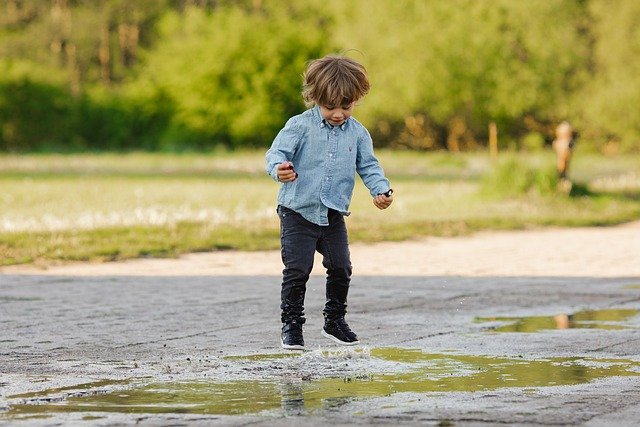As parents we all hit a wall sometimes and a thought similar to the following enters our head. “I have no idea what to do about my child’s behavior”. “Behavior” as used here can refer to any number of things. Biting, tantrums, refusing to do what they are asked, ignoring ground rules and any number of other irksome behaviors can leave us baffled as parents. The better phrase perhaps is undesirable behaviors.
The thing is – there are ways to avoid hitting the parenting wall in the first place. The biggest of which is to have an overarching philosophy of dealing with the issues as they pop up. Preferably, this philosophy should be based on sources that have been shown to be effective over time. Doing so eliminates the inconsistency that comes from flying by the seat of our pants. We have a source that we use ourselves, and it is one that we have used repeatedly to train our staff. We have also turned to it over and over again as a source of reference and inspiration, as guidance for our own parenting actions, and we recommend it for all parents and for a number of reasons. That is the use of Positive Discipline (https://www.positivediscipline.com). Positive discipline is based on the work of Alfred Adler and Rudolf Dreikurs and is a wonderfully effective way for helping children achieve their best selves.
Dr. Jane Nelsen has written many wonderful books on how to use positive discipline. There are links in the resources section of our website if you are interested. One of the reasons we love them so much is that they are practical. They present actual “action” items, not just theory and they do so in a way that is simple to comprehend. If you walk into one of our early childhood education classrooms during the work cycle you are likely to see a large group of children, all preschool aged, working calmly and exhibiting polite behavior. This peaceful environment is the result of using applied positive discipline. While we use the methods she describes daily, we are not the only ones who find it worth promoting. The American Montessori Society encourages schools to use Positive Discipline books and resources to train staffs on how to work with children.
Parents who attend our coffee klatches and regular readers of this blog will recognize positive discipline in what we say and not just in what we do. As an example, one core aspect of positive discipline you have probably heard from us before is courage. Specifically, this includes the courage to be imperfect – both as parents and as children. Put more succinctly – as human beings. Rather than punishing a mistake which leads to resentment, revenge, rebellion and potentially even retreat from others, positive discipline looks at recovery and reparation. This courageous approach advises to re-gather ourselves, to recognize the mistake we have made, reconcile with those who have been effected, and resolve the original issue in a more positive way.
Another key concept is that of respect. Is an action we undertake respectful of others? Is it respectful of ourself? As Rudolf Dreikus wrote of Positive Discipline in Social Equality: The Challenge of Today, “The essentials for living in a democratic society can be simply stated… The principle implies mutual respect, respect for the dignity of others and respect for oneself. The principle is expressed in a combination of firmness and kindess. Firmness implies self-respect; kindness, respect for others.”. A child who has been at Greystone House for any period of time has either overheard another child being asked or has been asked themself whether or not their behavior is respectful of themself and/or of others.
Positive discipline is easy to digest and there are many easy to apply recommendations to put into practice. That said, Positive Discipline is not an overnight cure. Repetition is critical and that means ensuring you as a parent are using the techniques consistently.





